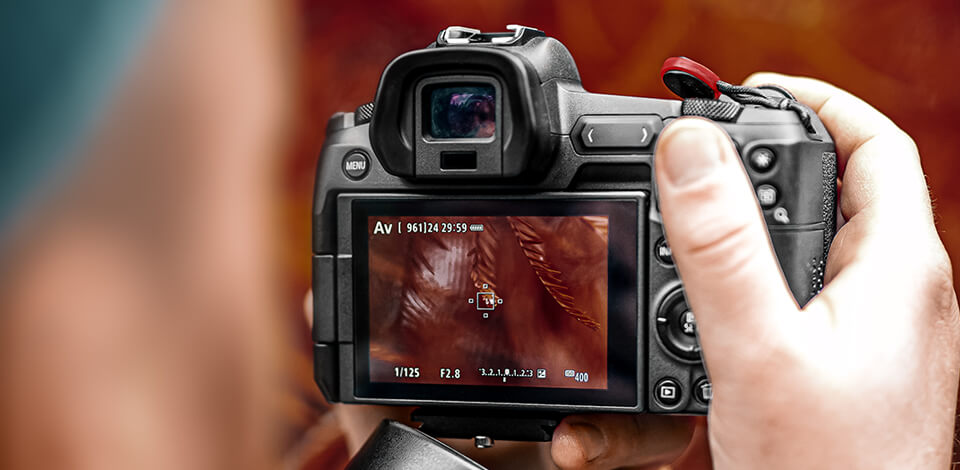

Unless you’re purchasing a camera that’s specifically for macro photography, try and weigh it against other factors, such as portability or whether you will be shooting in low light. It’s a good idea to balance your macro photography needs with everything else that you will be shooting. Many point-and-shoot cameras such as these have decent dedicated macro modes, but you will soon want to see improvements - not just in image quality, but also in the level of control you have when it comes to creating your images.Įven the cheapest DSLR or mirrorless ILC (interchangeable lens camera ) will deliver excellent results by comparison. These basics will take your shots beyond what can be achieved with a smartphone and a screw-on macro lens. However, if you want to produce professional-looking results, what is needed for macro photography are some essential pieces of kit. You might already own everything you need to shoot macro photography. There are no rules, but it’s generally accepted that if the magnification ratio is 1:10 or beyond, it’s macro.Īs a result of improvements in photographic equipment in recent years, macro photography is no longer just for those with deep pockets.

While most people use the term “macro photography”, the confusion comes from Nikon’s use of the word “micro” to describe its specialist macro lenses. What is the difference between micro and macro photography?Ĭonfusingly, macro and micro photography refer to the same thing: photographing small subjects close up with increased levels of magnification compared to a regular lens.
#Best cameras for macro photography how to#
Understanding how these reproduction ratios work should be one of the first steps in learning how to shoot macro photos. The expensive macro lenses used by professionals go beyond this level of magnification, with some offering 5:1 - that means that 1mm, in reality, is captured as 5mm on the camera’s sensor. Macro photography tends to describe anything from a ratio of 1:10 and beyond: i.e., 10mm in real life becomes 1mm on your camera sensor. This means that it will be bigger than real life when viewed on your camera’s LCD, and far bigger when viewed on a computer monitor. Macro photographers are concerned with how big something appears when it is projected onto the camera sensor compared with how large it is in real life-size when viewed with your naked eye.įor example, if a bug is 1cm in length and you can direct light so that it appears as 1cm long on the sensor of your camera, you have achieved a magnification ratio (or a “reproduction ratio”) of 1:1 magnification. Macro photography has some complex terminology, and perhaps the most important one to understand is magnification. However, thanks to developments in technology, it’s now more accessible than ever.


Up until recently, macro photography required specialist equipment, some of which was very expensive. Macro photography goes beyond close-up photography, bringing a higher level of magnification. Macro photography is creating images of tiny worlds, taking small subjects and presenting minuscule details that would often go unnoticed as life-size.


 0 kommentar(er)
0 kommentar(er)
